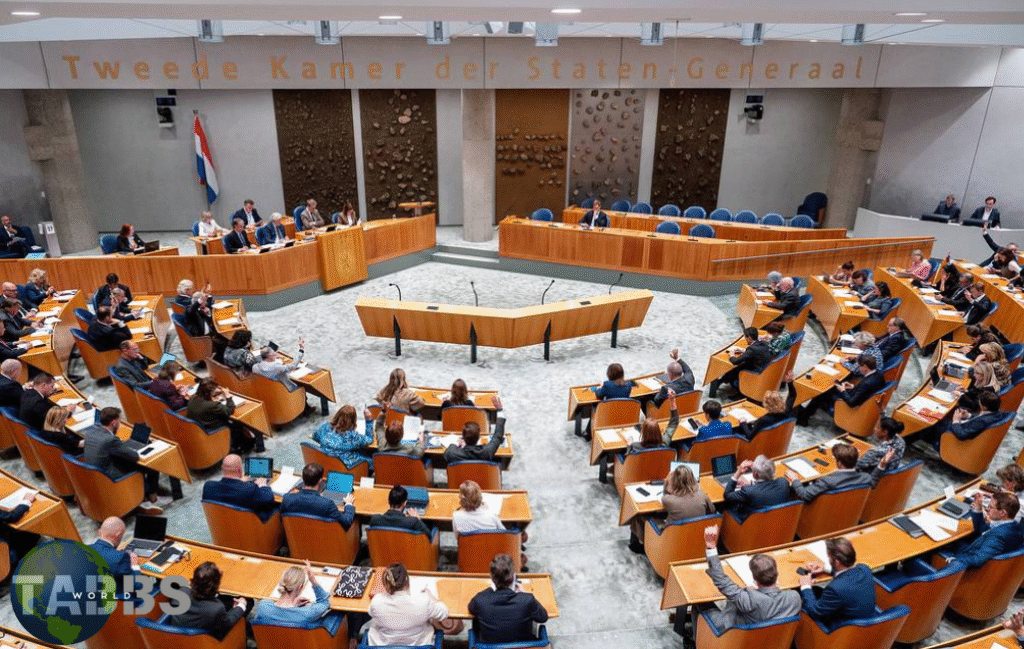In a recent blog post dated January 11, Ethereum developers have voiced apprehensions regarding a proposal put forth by the network’s co-founder, Vitalik Buterin, to raise the gas limit on the blockchain.
Opposition to Vitalik Buterin’s Proposal:

Marius van der Wijden, an Ethereum developer, detailed the challenges associated with increasing the gas limit in a comprehensive analysis. He emphasized the significant concerns related to the size of the blockchain state and its potential repercussions.
https://mariusvanderwijden.github.io/
Wijden highlighted the risks posed by raising the gas limit, including impacts on state size, missed block rate, synchronization times, history size, and client diversity. Despite these concerns, he also proposed potential solutions to address the flagged areas if an increase in gas limit is deemed necessary.
Blockchain State and Consequences:

The blog post outlined that the current total size required for the blockchain state, containing crucial contract data, is 267 gigabytes. Simultaneously, the total blockchain history stands at about 900 gigabytes. Any increase in gas sizes could contribute to further growth in these sizes.
Comparing data from October 11, 2023 (87 GB total state storage) to June 6, 2023 (less than 80 GB total state storage), the growth rate was almost 2 GB per month. Extrapolating this, the projected space would reach 111 GB in the next twelve months and 207 GB in the next five years, making the management of such extensive data challenging.
History and Synchronization Challenges:
History size emerged as another significant challenge, especially with a doubling transaction count over the last three years and the increased importance of layer 2 networks. The blog post suggested that the implementation of EIP-4444 could potentially solve the history growth problem by eliminating the need for full nodes to store the entire history. However, it emphasized the necessity for a robust network before allowing full nodes to cease serving the history.
Raising the gas limit could also complicate the development of new clients for the mainnet. With Geth boasting a decade of experience, newer clients might face challenges in catching up and learning from their predecessors.
Concerns Raised by Peter Szilagyi:

Another Ethereum developer, Peter Szilagyi, expressed his concerns on X (formerly Twitter), stating that an increase in the gas limit could lead to faster growth in state size and potential Denial of Service (DoS) attacks, resulting in slower synchronization.
Szilagyi questioned the readiness of the Ethereum ecosystem to handle such changes, emphasizing the importance of monitoring and metrics to assess the evolution of the network before implementing alterations. He cautioned against making changes without comprehensive tooling in place, suggesting that such modifications should be guided by tangible data rather than a speculative “look, not dead yet” approach.
As the Ethereum community deliberates on the proposal, these concerns underscore the complexities and potential challenges associated with modifying the gas limit on the blockchain.
Achieving consensus among developers and stakeholders will be crucial in ensuring the continued stability and efficiency of the Ethereum network.
What is the gas limit in Ethereum?
The gas limit in Ethereum refers to the maximum amount of gas that can be consumed in a block. It plays a crucial role in determining the capacity of the network to process transactions.
Why is there opposition to increasing the gas limit?
Developers express concerns about the potential risks associated with increasing the gas limit, including impacts on state size, missed block rate, synchronization times, history size, and client diversity.
What are the consequences of a larger blockchain state?
A larger blockchain state, including contract data, poses challenges in terms of storage requirements and synchronization. It can lead to increased complexity in managing and accessing extensive amounts of data.
How does the history size affect Ethereum’s functionality?
The growth in transaction count and the importance of layer 2 networks make history size a significant factor. EIP-4444 is proposed as a solution, but a robust network is deemed necessary before allowing full nodes to stop serving the history.
What challenges are associated with raising the gas limit for new clients on the mainnet?
Building new clients for the mainnet becomes challenging with an increased gas limit, especially considering that Geth, with ten years of experience, is already established. Newer clients may face difficulties in catching up and learning from their predecessors.
What is the general sentiment within the Ethereum community regarding the gas limit proposal?
The Ethereum community is currently in a deliberative phase, weighing the concerns raised by developers against the potential benefits of increasing the gas limit. Achieving consensus among developers and stakeholders is crucial for the network’s stability and efficiency.



